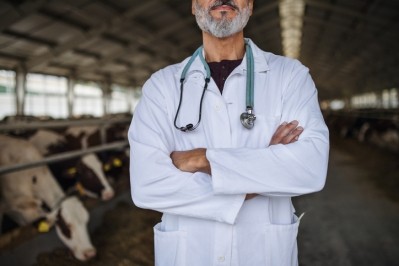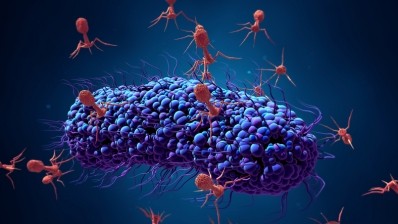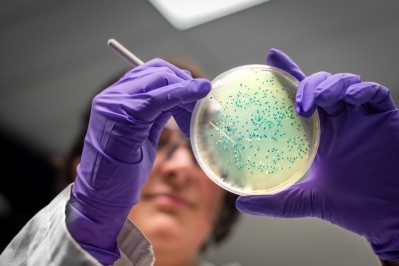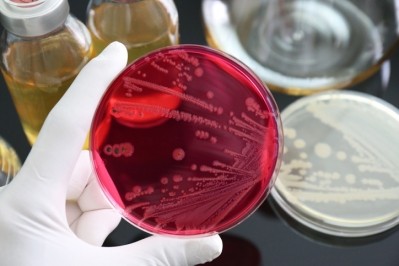UK report sees increase in Salmonella isolates in feedstuffs
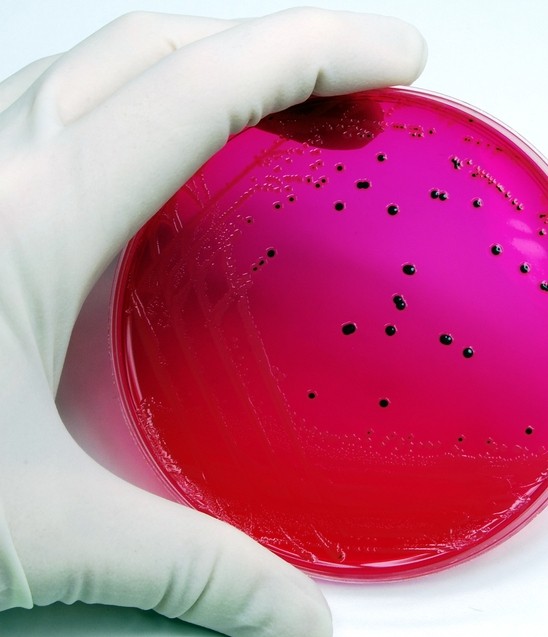
The report was released by the UK’s Animal and Plant Health Agency (APHA) last week.
In total, 107 isolations of regulated Salmonella serovars were detected in feed and related products. This is higher than the 88 in 2019 and 63 in 2018.
There were 38 isolations of S. Typhimurium, 29 isolations of S. Infantis, 28 isolations of monophasic variants of S. Typhimurium, nine isolations of S. Hadar and three isolations of S. Enteritidis.
There were 273 isolations of Salmonella from pet food intended to be fed raw during 2020. “This is 11.4% higher than 2019 and 45.2% up on 2018.”
The isolation rate of Salmonella from domestic processed animal protein (PAP) in 2020 was 0.8%, which is lower than during 2019 when it was 1.7%, found the review. No batches of imported PAP were tested during 2020, as was the case in the previous two years, according to the report.
The document also shows that, of the more than 4,200 Salmonella isolates examined during 2020, 68.3% were susceptible to all 16 antimicrobial compounds tested. The percentage of isolates resistant to ciprofloxacin in 2020 was 0.5%. “This is almost the same as in 2019, when 72.2% of isolates were susceptible to all 16 antimicrobials.”
Salmonella reports in UK animals
Looking at the data generated around Salmonella reports in livestock in the UK during 2020, the document shows that the number of isolations in cattle, sheep, pigs, and poultry, overall, rose by 7.6% compared with the year prior.
Gauging again the data against 2019, fewer isolations from cattle, sheep, turkeys and ducks were recorded, but those for pigs and chickens increased.
The data was based on samples taken from all types of premises, including farms, hatcheries, veterinary practices, zoos and slaughterhouses.
